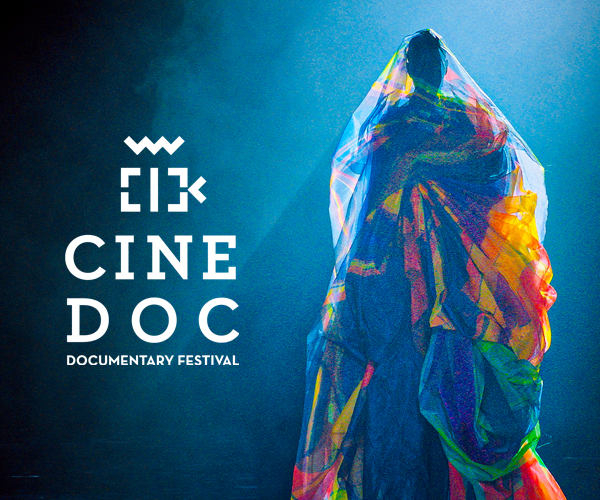Restoration Of Philip II's Royal Palace In Aigai
- by XpatAthens
- Wednesday, 10 January 2024

On Friday, January 5th, Prime Minister Kyriakos Mitsotakis proudly inaugurated the meticulously restored Royal Palace of Philip II in Aigai, with guidance from the esteemed Honorary Keeper of Greek Antiquities, Angeliki Kottaridis.
Central to this historic site is the palace itself, boasting an impressive expanse of approximately 15,000 sq. m. It stands as the largest building from classical Greece, a testament to opulence in materials, execution precision, technological innovation, and geometric purity. These elements collectively create an unparalleled sense of calmness, elegance, and harmony, where every detail submits to the allure of proportion.
Construction of this architectural marvel began in the mid-4th century, concluding in 336 BC when the grandeur of the palace witnessed the tragic assassination of Philip II in the nearby theater. Within the grand peristyle of the palace, Alexander III was proclaimed the king of the Macedonians, embarking on a transformative journey that would alter the course of history.
Unfortunately, the palace met its demise in the mid-2nd century BC, following the conclusive Roman overthrow led by Metellus in 148 BC. The remnants, concealed by centuries of stone-cutting, were unveiled through excavations commencing in 1865 and persisting into the 20th century, particularly during the 1930s and the 1950s and 1960s.
The peristyle of the Aigai Palace, distinguished by 16 doric columns on each side, represents an architectural marvel that epitomizes the concept of the square—a first of its kind. Encompassing 4,000 sq. m., it could accommodate a crowd of at least 8,000, serving as a communal gathering spot for Macedonians. This gathering place would later evolve into a symbolic courtyard, with the term "courtyard" becoming synonymous with royalty.
The monumental task of maintenance, repair, and restoration was executed by the capable Ephorate of Antiquities of Imathia, under its diligent supervision. Spanning from 2007 to 2023, this co-financed project, supported by successive European programs, carried a total budget of 20.300.000 euros.
The project extended beyond the monument itself, encompassing an area of approximately 25,000 sq. m. Rediscovery, excavation, and meticulous documentation of the site's remains, along with the systematic recording of countless mobile finds and stone architectural elements, were integral to the restoration process. The aesthetic restoration of mosaics and marble inlays (covering around 1,400 sq. m.), foundation repairs, colonnade restoration, and the intricate work of supporting the monument's slope were all part of the monumental undertaking.
At the helm of this ambitious endeavor in all its phases was Dr. Angeliki Kottaridis, an esteemed archaeologist. The final phase received oversight from a team of experts, including Olympia Felekidou (civil engineer-restorer), Kiki Kyrittopoulou (architect), Eva Kontogoulidou (archaeologist), Costas Tzimboulas (antiquities conservator), and George Konstantinopoulos (craftsman).
This restoration stands as a testament to the dedication of those involved, breathing new life into a timeless piece of history for generations to come.
Originally published in Greek on: lifo.gr
Originally published in Greek on: lifo.gr
Translated by Codico Lab



